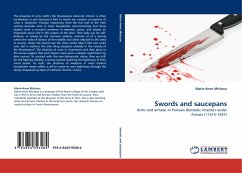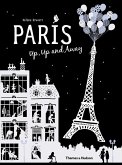The presence of arms within the Renaissance domestic interior is often overlooked, in part because it fails to match our modern conception of what is domestic'. Parisian inventories from the first half of the 16th century describe arms in most households, demonstrating that these objects were a constant presence in domestic space, and played an important social role in the culture of the time. Their daily use for self-defence, or simply by the common soldiery, reminds us of a society where the code of honour of the nobility was often reduced to the need to survive, where the sword was the most useful object that one could own. But is violence the only thing weapons embody in the society of the Renaissance? The diversity of arms in inventories and their place in the house suggest that such objects were given a deeper significance by their owners. In contrast with the new Humanistic values, they are still, for the fighting nobility, a strong symbol asserting the legitimacy of theirsocial power. As such, the presence of weapons in more modest households might reflect a will to create its own legitimacy through the slowly disappearing ideal of medieval chivalric virtues.








